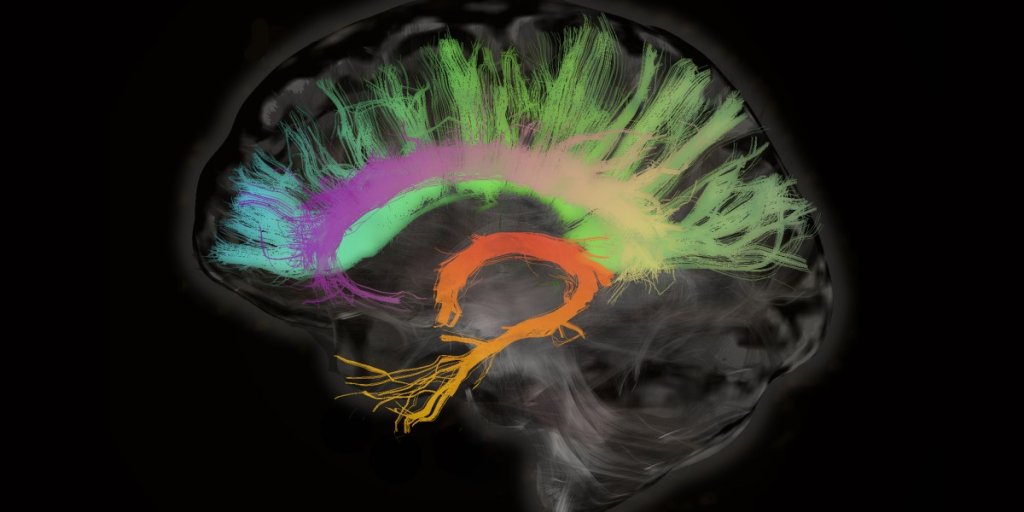

It’s hard to know if it ’s going to be effective for you and to what extent your symptoms will decrease, if at all. After several months of weekly sessions, you may be able to simply go to the doctor’s office for treatment once a month to maintain the results.Ĭlinical trials suggest that the efficacy of these treatments varies widely. A course of treatment is typically done each week for 12 weeks or more. PTNS requires multiple treatment sessions of 30 minutes each. The nerve is then stimulated by a small transmitter. A very thin needle is inserted close to your tibial nerve, located around your ankle. Percutaneous tibial nerve stimulation (PTNS) is a nonsurgical treatment done in a doctor’s office. You can also control the level of the device using an external control mechanism of the electrical impulses via a remote control. With this kind of stimulator, the device is implanted under your skin, and you won’t see or hear anything while you ’re using it. This requires a second surgical procedure. You’ll need to track your bowel movements and urination during these weeks.Īfter 2 to 4 weeks, you and the doctor can decide if you are going to have the device installed permanently.
#Bladder stimulator trial#
The doctor will first implant the device on a trial basis and test to see if the stimulation is actually helpful for your overactive bladder. This type of treatment requires the device to be surgically implanted.

The electrical impulses are controlled via a transmitter.
#Bladder stimulator skin#
This type of bladder stimulation uses electrodes implanted under your skin to stimulate your sacral nerve roots where they come out of your spine. If these treatments don’t work for you, a doctor might recommend urinary incontinence surgery.

There are a few types of bladder stimulation that doctors currently recommend for people with overactive bladder, including sacral nerve stimulation and tibial nerve stimulation.


 0 kommentar(er)
0 kommentar(er)
